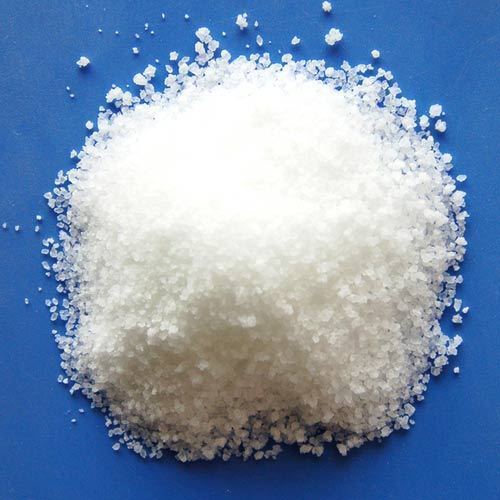
Disodium Orthophosphate
150 INR/Kilograms
Product Details:
- Molecular Formula Na2HPO4
- Loss on Drying Anhydrous: Not more than 5.0% (40o , 3 h, then 105o , 5 h) Dihydrate: Not more than 22.0% (40o , 3 h, then 105o , 5 h) Heptahydrate: Not more than 50.0% (40o , 3 h, then 105o , 5 h) Dodecahydrate: Not more than 61.0% (40o , 3 h, then 105o , 5 h)
- Place of Origin India
- Melting Point 250 C (482 F; 523 K) decomposes
- Ph Level 8.0 - 11.0
- Particle Size 0.2 - 1 mm
- HS Code 283522
- Click to View more
X
Disodium Orthophosphate Price And Quantity
- 150 INR/Kilograms
- 100 Kilograms
Disodium Orthophosphate Product Specifications
- 7558-79-4
- Na2HPO4
- 283522
- 0.2 - 1 mm
- White
- Biomedical Fields
- Solid
- 8.0 - 11.0
- 231-448-7 (EC No)
- Food Grade
- Anhydrous: Not more than 5.0% (40o , 3 h, then 105o , 5 h) Dihydrate: Not more than 22.0% (40o , 3 h, then 105o , 5 h) Heptahydrate: Not more than 50.0% (40o , 3 h, then 105o , 5 h) Dodecahydrate: Not more than 61.0% (40o , 3 h, then 105o , 5 h)
- White crystalline solid
- phosphate rock, soda ash
- It is used in conjunction with trisodium phosphate in foods and water softening treatment. In foods, it is used to adjust pH. Its presence prevents coagulation in the preparation of condensed milk. Similarly, it is used as an anti-caking additive in powdered products.[3] It is used in desserts and puddings, e.g. Cream of Wheat to quicken cook time, and Jell-O Instant Pudding for thickening. In water treatment, it retards calcium scale formation. It is also found in some detergents and cleaning agents.
- Disodium hydrogen phosphate, Sodium hydrogen phosphate, Sodium phosphate, dibasic disodium phosphate, dibasic sodium phosphate, Acetest
- No Smell
- Other
- 158 C
- 141.96 g/mol Milligram (mg)
- India
- 250 C (482 F; 523 K) decomposes
Disodium Orthophosphate Trade Information
- MUNDRA
- Letter of Credit (L/C) Letter of Credit at Sight (Sight L/C) Telegraphic Transfer (T/T) Cash in Advance (CID) Cash Advance (CA)
- 6 Week
- Yes
- Within a certain price range free samples are available
- 25 KG HDPE DRUMS
- Australia South America Middle East Asia
- All India
- ISO
Product Description
Enter Buying Requirement Details

 English
English Spanish
Spanish French
French German
German Italian
Italian Chinese (Simplified)
Chinese (Simplified) Japanese
Japanese Korean
Korean Arabic
Arabic Portuguese
Portuguese